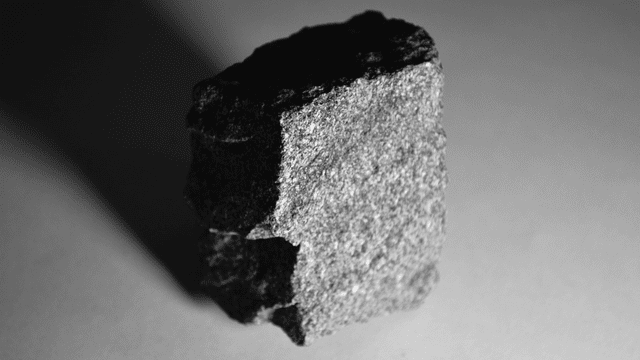Rare earth elements are taking center stage as their recycling potential becomes more apparent. A recent executive order (EO 14017) reviewing the United States’ reliance on foreign suppliers has set the country on the path to sustainable rare earth independence. Rare earth elements are essential components in healthcare, communication, and clean energy technologies such as cell phones, tablets, magnets, microchips, batteries, wind turbines, and electric vehicles. Recent studies confirm that it’s possible to remove rare earth from urban waste to meet future technological needs. With a record 53.6 million metric tons of electric waste created in the world in 2019 (it’s the largest-growing waste stream in America), the time for a clean solution is now.
The process of mining rare earth elements is a complex one, often costly and harmful to the environment. New developments in agro-mining are offering more sustainable alternatives. These elements are called “rare” not because they are hard to find, but because they are not readily available in their pure form and require several steps to extract from the ground. Demand is rising at a rampant pace across the globe, with the rare earth commodities market expected to reach $2.5 trillion by 2030. Until now, the United States has imported more than 80 percent of all rare earth from China.

Current extraction methods focus on processes known as leaching and solvent extraction. With only 25 percent of electronic waste recycled in 2018, and more than $57 billion worth of raw materials containing rare earth (as well as gold, silver, copper, platinum, and other high-value elements) currently sitting in U.S. landfills, the new studies present a massive recycling opportunity. That circular approach mitigates the environmental impact of mining for rare earth and also addresses American priorities as laid out by the new administration’s request to “identify risks in the supply chain for critical minerals and other identified strategic materials, including rare earth elements and [develop] policy recommendations to address these risks.” Researchers continue to streamline the methods of extractions to minimize any hazardous byproducts and to grow opportunities using brand new pollutant-free techniques such as photochemistry, ultrasonic and bioleaching, and electrochemical separation.
With the global rare earth market projected to grow to $9.6 billion in the next five years, Japan is a decade ahead of the extraction-recycling curve. In 2010, the island nation turned to its municipal landfills for a domestic supply of rare earth. The Japanese National Institute for Materials Science reported that their urban wastes held over 290,000 tons of rare earth, which encouraged mining companies to build recycling facilities and extract valuable rare materials from old electronics. So far, the recycling practices have been successful – showing a successful pathway for other countries.
U.S.-based raw material supplier American Resources Corporation is leading the way domestically, developing a technology to recycle rare earth metals from discarded lithium-ion batteries. The technology, which the company acquired from Purdue University earlier this year, consists of a process to separate pure rare earth metals and critical elements from coal byproducts, recycled permanent magnets, and lithium-ion batteries used in electric vehicles or power plants based on renewable energy. The process has shown no detrimental environmental impact so far.
“Collectively, our process chain…enables us to help restore the domestic supply chain of these critical materials in the most sustainable and environmentally friendly and beneficial ways ever developed,” said American Resources Corporation CEO Mark Jensen. “We look forward to pushing aggressively forward with commercialization of the technology and showcasing the low cost and environmentally sensitive technology.”
New technologies designed to recycle and reuse valuable rare earth elements from the electronic waste in our nation’s landfills are just one of many ways the United States is moving towards a cleaner, more sustainable future. As the global rare earth element market continues to grow, re-using the electronic waste we’ve discarded is one way the country can continue to create new jobs, develop as an international leader in innovation and move toward a healthier, circular economy.





